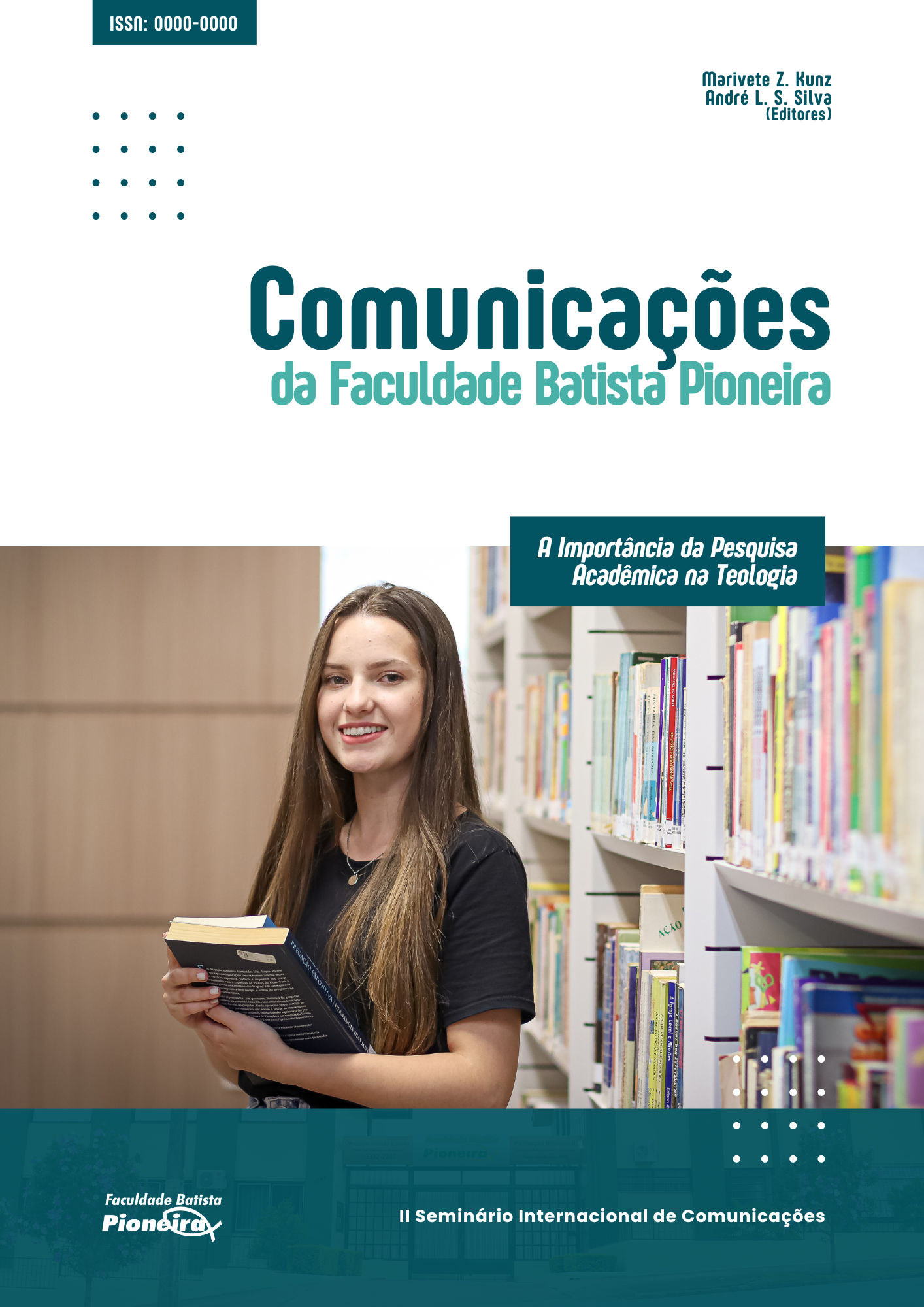O QUE ACONTECE NA EUCARISTIA (CEIA DO SENHOR): UMA ANÁLISE HERMENÊUTICA SOBRE A DOUTRINA DA TRANSUBSTANCIAÇÃO
Resumo
A Eucaristia, também conhecida como Ceia do Senhor, é um dos principais sacramentos do cristianismo e sua celebração é uma parte importante da liturgia em muitas tradições religiosas. No entanto, há diferenças significativas nas crenças e interpretações sobre o que acontece durante a Eucaristia. Com base em pesquisas bibliográficas, este artigo apresenta uma análise bíblica da doutrina da transubstanciação, defendida pela Igreja Católica Apostólica Romana. Inicialmente, são exploradas as principais interpretações desta doutrina, destacando as divergências entre as diversas tradições cristãs. Em seguida, utilizando como referência o catecismo da Igreja Católica Romana, é explicada a doutrina da transubstanciação, evidenciando a ênfase na transformação real da substância do pão e do vinho no corpo e sangue de Cristo durante a celebração eucarística. Em conclusão, uma análise hermenêutica é realizada, comparando os relatos dos evangelhos sinópticos e o texto de 1 Coríntios 11 sobre a Ceia do Senhor. Este comparativo visa elucidar as diferentes abordagens hermenêuticas e interpretativas desses textos, contribuindo para uma compreensão mais profunda do significado e da prática da Eucaristia na tradição cristã.
Palavras-chave: Eucaristia. Ceia do Senhor. Hermenêutica. Transubstanciação.
What happens in the eucharist (lord's supper): a hermeneutical analysis of the doctrine of transubstantiation
Abstract: The Eucharist, also known as the Lord's Supper, is one of the main sacraments of Christianity and its celebration is an important part of the liturgy in many religious traditions. However, there are significant differences in beliefs and interpretations about what happens during the Eucharist. Based on bibliographical research, this article presents a biblical analysis of the doctrine of transubstantiation, defended by the Roman Catholic Apostolic Church. Initially, the main interpretations of this doctrine are explored, highlighting the divergences between the various Christian traditions. Then, using the catechism of the Roman Catholic Church as a reference, the doctrine of transubstantiation is explained, highlighting the emphasis on the real transformation of the substance of bread and wine into the body and blood of Christ during the Eucharistic celebration. In conclusion, a hermeneutical analysis is carried out, comparing the accounts of the synoptic gospels and the text of 1 Corinthians 11 about the Lord's Supper. This comparison aims to elucidate the different hermeneutic and interpretative approaches to these texts, contributing to a deeper understanding of the meaning and practice of the Eucharist in the Christian tradition.
Keywords: Eucharist. Lord's Supper. Hermeneutics. Transubstantiation.
Downloads
Publicado
Edição
Seção
Licença
Copyright (c) 2024 Renato César Alves da Silva

Este trabalho está licenciado sob uma licença Creative Commons Attribution-NonCommercial-NoDerivatives 4.0 International License.

